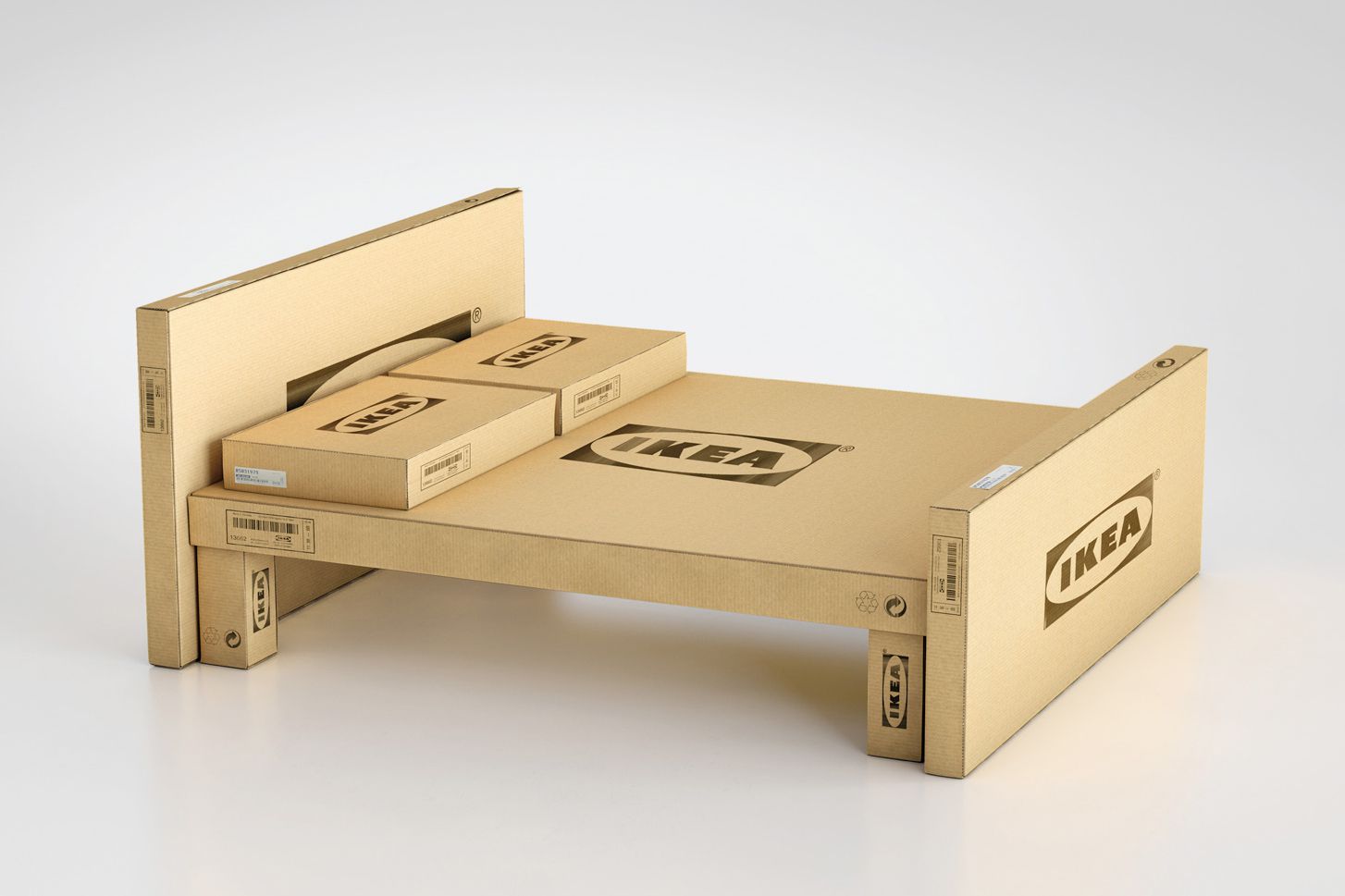Have you ever gone to IKEA, put together a piece of furniture, and then felt an overwhelming sense of pride? If so, you’re not alone. This phenomenon even has a name: the IKEA effect. In this article, we’ll explore what the IKEA effect is and why it occurs. We’ll also discuss how businesses can use the IKEA effect to their advantage.
This phenomenon gets its name from the Swedish furniture company IKEA, which is known for its flat-pack furniture that requires customers to assemble it themselves.
Studies have shown that people who assemble IKEA furniture perceive the finished product as being of higher quality than those who didn’t assemble it themselves—even when there’s no difference in quality!
Theories About the IKEA Effect – “Do It Yourself”
The IKEA effect was first identified in a 2011 study but its implications are far-reaching and often underestimated. The IKEA effect occurs because people tend to be overconfident in their own abilities and underestimate how difficult it is to create something.
People’s love for IKEA products was explored by Michael I. Norton, Daniel Mochon, and Dan Ariely in a series of 3 experiments. The results were published in a 2011 paper titled: The “IKEA Effect”: When Labor Leads to Love.
There are several theories about why the IKEA effect occurs. One theory is that the act of creation requires effort and time, which leads us to value the final product more. Another theory is that we tend to be overconfident in our abilities, leading us to believe that our DIY – “Do it yourself” creation is better than it actually is. Whatever the reason, there’s no denying that the IKEA effect is a real phenomenon.
The IKEA effect has an important impact on businesses and marketers because it helps explain why people are often reluctant to outsource work or delegate tasks. It also helps explain why people are often reluctant to sell products or services they have created themselves because they have become emotionally attached to them and believe that they are worth more than they actually are.
How the IKEA Effect Works
There are several reasons why people may place a higher value on something they have created themselves. First, assembling or creating something usually requires effort and concentration. The very act of building something can make us feel more attached to it and more invested in its success.
Second, we tend to be overconfident in our own abilities. We often underestimate how difficult it is to create something and overestimate our own ability to do so. This overconfidence leads us to believe that our creations are better than they actually are.
Finally, we tend not to account for the role of luck in our successes. When we create something ourselves, we tend to attribute our success to our own skill and effort rather than acknowledging the role that luck may have played.
How Can Marketers Use the IKEA Effect to Their Advantage?
One way is by offering customers the opportunity to customize or personalize products. Another way is by offering “build-it-yourself” kits or experiences. By giving customers a hands-on role in creation, businesses can increase customer satisfaction and loyalty.
The IKEA effect has been demonstrated in a number of different scenarios and industries. Here is an example of how the IKEA effect can influence our perceptions and decision-making:
Share a Coke Campaign
In 2012, Coca-Cola ran a marketing campaign in Australia where they gave away limited edition glass bottles that could be personalized with customers’ names. Not only did this campaign lead to an increase in sales, but it also resulted in customers rating the bottles as being higher quality than non-personalized bottles—even though they were exactly the same product.
That summer, Coke sold more than 250 million named bottles and cans in a nation of just under 23 million people. The campaign has since made its way around the world, reaching more than 70 countries.
The IKEA Effect Can Be Observed in Many Real-Life Examples:
- When instant cake mixes were introduced in the 1950s to simplify life, American housewife was reluctant to buy them. It made cooking easy. Manufacturers had to change the recipe to add an egg to improve sales.
- Subway is popular because it gives people the feeling that they are making their own sandwich and it allows for customization.
- Kids tend to like and eat more vegetables if they are involved in the cooking process.
- From shoes to toys, often manufacturers allow some sort of customization so that the IKEA effect takes over and results in more sales.
Conclusion:
The IKEA effect has been demonstrated in a number of different scenarios and industries. This phenomenon can have a significant impact on our perceptions and decision-making. As consumers become savvier and savvier, businesses need to find ways to tap into this bias and create products and experiences that will appeal to our sense of ownership and pride.
